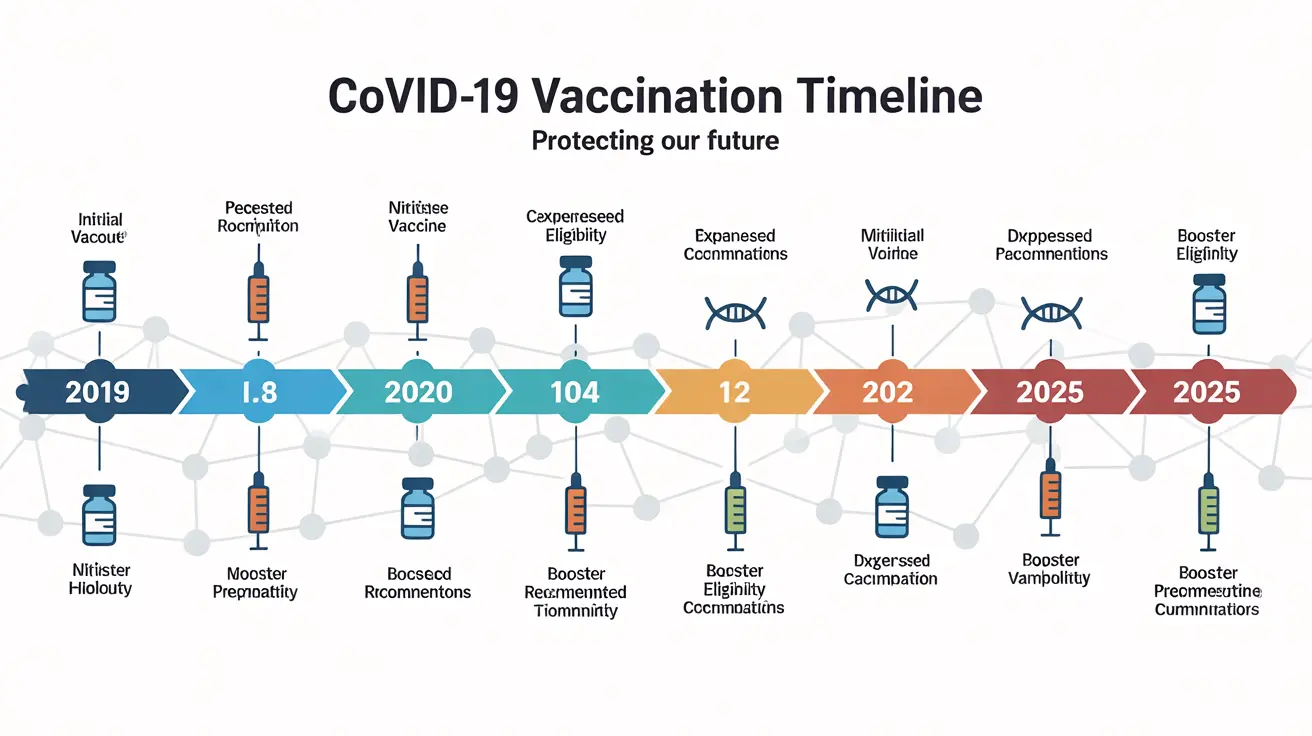Multiple sclerosis (MS) is a complex neurological condition that affects millions of people worldwide. Two primary forms of MS stand out: Relapsing-Remitting MS (RRMS) and Primary Progressive MS (PPMS). Understanding the distinctions between these two types is crucial for patients, caregivers, and healthcare providers alike. This article delves into the key differences between RRMS and PPMS, exploring their unique characteristics, symptoms, and treatment approaches.
Defining RRMS and PPMS
Before we compare RRMS vs PPMS, it's essential to understand what each type entails:
Relapsing-Remitting MS (RRMS)
RRMS is characterized by clearly defined attacks of new or increasing neurologic symptoms. These attacks, also known as relapses or exacerbations, are followed by periods of partial or complete recovery (remissions). During remissions, all symptoms may disappear, or some symptoms may continue and become permanent.
Primary Progressive MS (PPMS)
PPMS is characterized by worsening neurologic function (accumulation of disability) from the onset of symptoms, without early relapses or remissions. While there may be occasional plateaus in disease progression or temporary minor improvements, the overall course shows gradual decline.
Key Differences in Symptoms and Progression
The symptoms and progression patterns of RRMS and PPMS can vary significantly:
RRMS Symptoms and Progression
- Clearly defined relapses followed by periods of remission
- Common early symptoms include vision problems, fatigue, and numbness or tingling
- Relapses can last days to weeks, with varying degrees of recovery
- Disease progression is typically slower compared to PPMS
- Patients may experience long periods of stability between relapses
PPMS Symptoms and Progression
- Gradual, steady worsening of symptoms from the onset
- Common early symptoms include difficulty walking, weakness in the legs, and balance problems
- No distinct relapses or periods of remission
- More rapid accumulation of disability compared to RRMS
- Symptoms tend to be more focused on mobility and lower body function
Treatment Approaches for RRMS vs PPMS
The treatment strategies for RRMS and PPMS differ due to their distinct disease courses:
RRMS Treatment
- A wider range of disease-modifying therapies (DMTs) available
- Focus on reducing the frequency and severity of relapses
- Treatments aim to slow disease progression and prevent new lesions
- Options include injectable medications, oral drugs, and infusion therapies
- Symptomatic treatments to manage specific symptoms as they occur
PPMS Treatment
- Fewer FDA-approved treatment options compared to RRMS
- Focus on managing symptoms and slowing disability progression
- Ocrelizumab (Ocrevus) is the first FDA-approved medication specifically for PPMS
- Emphasis on physical therapy, occupational therapy, and assistive devices
- Symptomatic treatments to address specific challenges like mobility issues or fatigue
Prognosis and Long-term Outlook
The long-term outlook for patients with RRMS vs PPMS can vary:
RRMS Prognosis
- Generally considered to have a more favorable prognosis than PPMS
- Many patients experience long periods of stability between relapses
- Earlier treatment initiation often leads to better long-term outcomes
- Some patients may transition to secondary progressive MS over time
PPMS Prognosis
- Typically associated with a more challenging long-term outlook
- Faster accumulation of disability from the onset
- Less predictable disease course
- Emphasis on early intervention to slow progression and maintain function
Frequently Asked Questions
What are the main differences between relapsing-remitting MS (RRMS) and primary progressive MS (PPMS) in terms of symptoms and progression?
RRMS is characterized by clearly defined attacks (relapses) of new or worsening symptoms, followed by periods of partial or complete recovery (remissions). PPMS, on the other hand, shows a steady worsening of neurologic function from the onset of symptoms, without early relapses or remissions. RRMS typically has a more unpredictable course with periods of stability, while PPMS shows a more consistent gradual decline in function.
How is primary progressive MS (PPMS) typically treated, and what are the current treatment options available?
PPMS treatment focuses on managing symptoms and slowing disability progression. The first FDA-approved medication specifically for PPMS is ocrelizumab (Ocrevus). Treatment also emphasizes physical therapy, occupational therapy, and assistive devices. Symptomatic treatments are used to address specific challenges like mobility issues or fatigue. However, there are fewer FDA-approved treatment options for PPMS compared to RRMS.
What are the most common symptoms experienced by people with relapsing-remitting MS (RRMS), and how do they differ from those of primary progressive MS (PPMS)?
Common early symptoms of RRMS include vision problems, fatigue, and numbness or tingling. These symptoms often come and go with relapses. In contrast, PPMS typically presents with more consistent symptoms, often focused on mobility and lower body function. Common early symptoms of PPMS include difficulty walking, weakness in the legs, and balance problems. PPMS symptoms tend to steadily worsen over time without the distinct relapses seen in RRMS.
Can relapsing-remitting MS (RRMS) turn into primary progressive MS (PPMS), or do they develop separately?
RRMS and PPMS typically develop as separate disease courses from the onset. However, some patients with RRMS may transition to a phase called secondary progressive MS (SPMS) over time, which shares some characteristics with PPMS. It's important to note that RRMS doesn't directly turn into PPMS; they are distinct forms of MS from the beginning of the disease.
How does the progression and prognosis of primary progressive MS (PPMS) compare to that of relapsing-remitting MS (RRMS)?
PPMS generally shows a more rapid accumulation of disability from the onset compared to RRMS. The progression in PPMS is steadier and more consistent, while RRMS can have periods of stability between relapses. RRMS is generally considered to have a more favorable long-term prognosis, with many patients experiencing long periods of stability. PPMS, however, is associated with a more challenging long-term outlook due to its continuous progression. Early intervention and management are crucial for both types to optimize outcomes.
Understanding the differences between RRMS and PPMS is crucial for patients and healthcare providers to develop appropriate treatment strategies and set realistic expectations. While both present challenges, ongoing research continues to improve our understanding and treatment options for all forms of multiple sclerosis.



